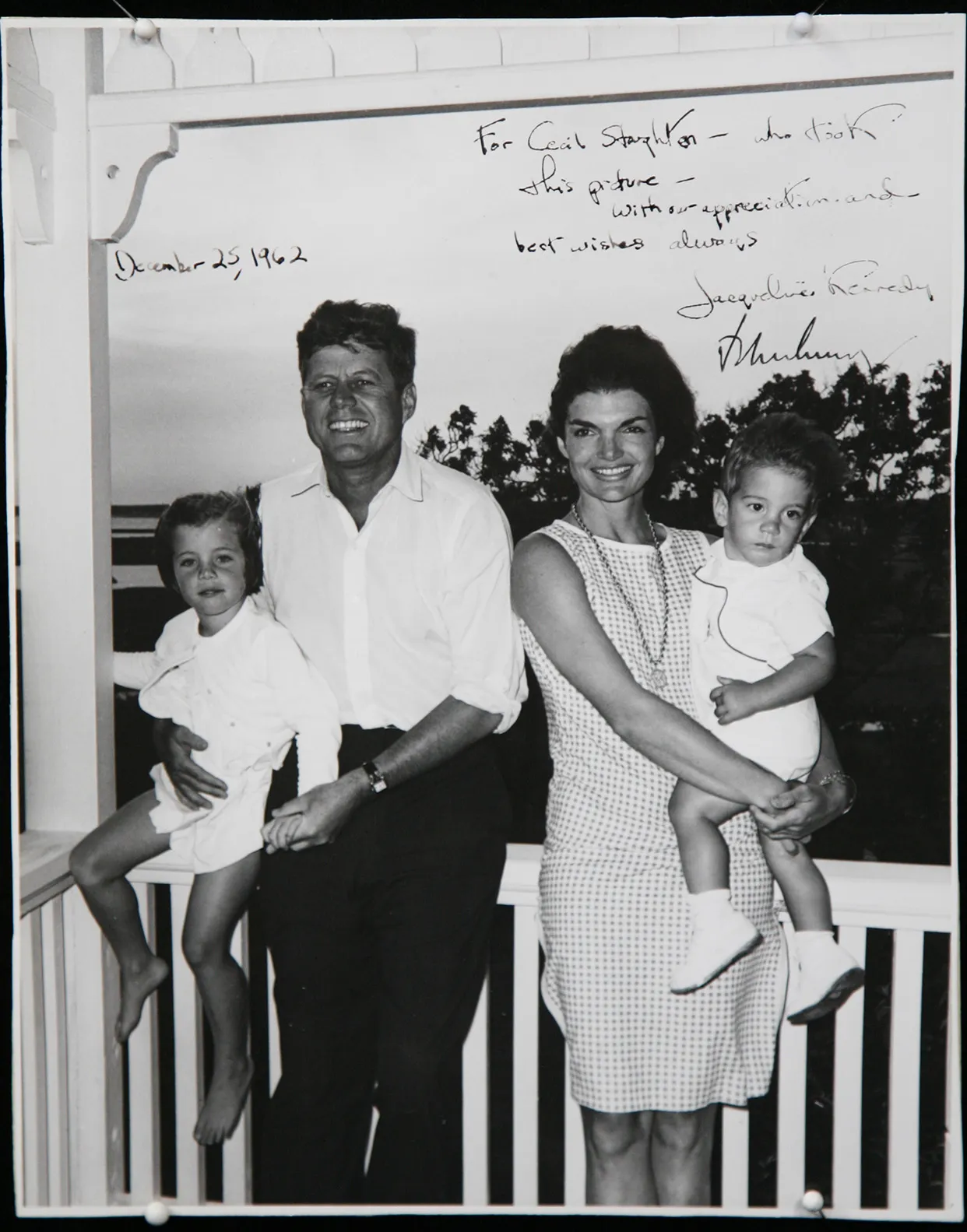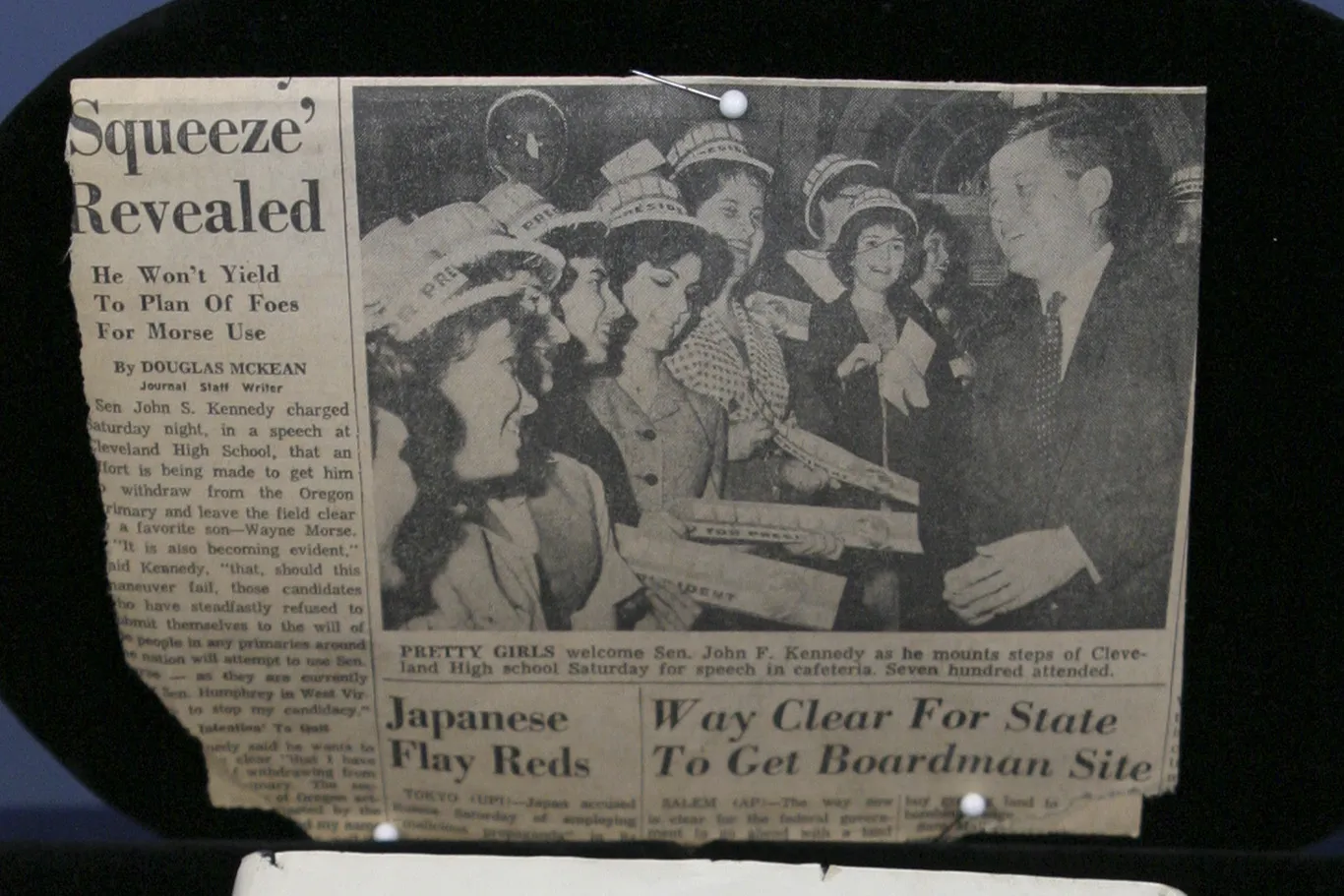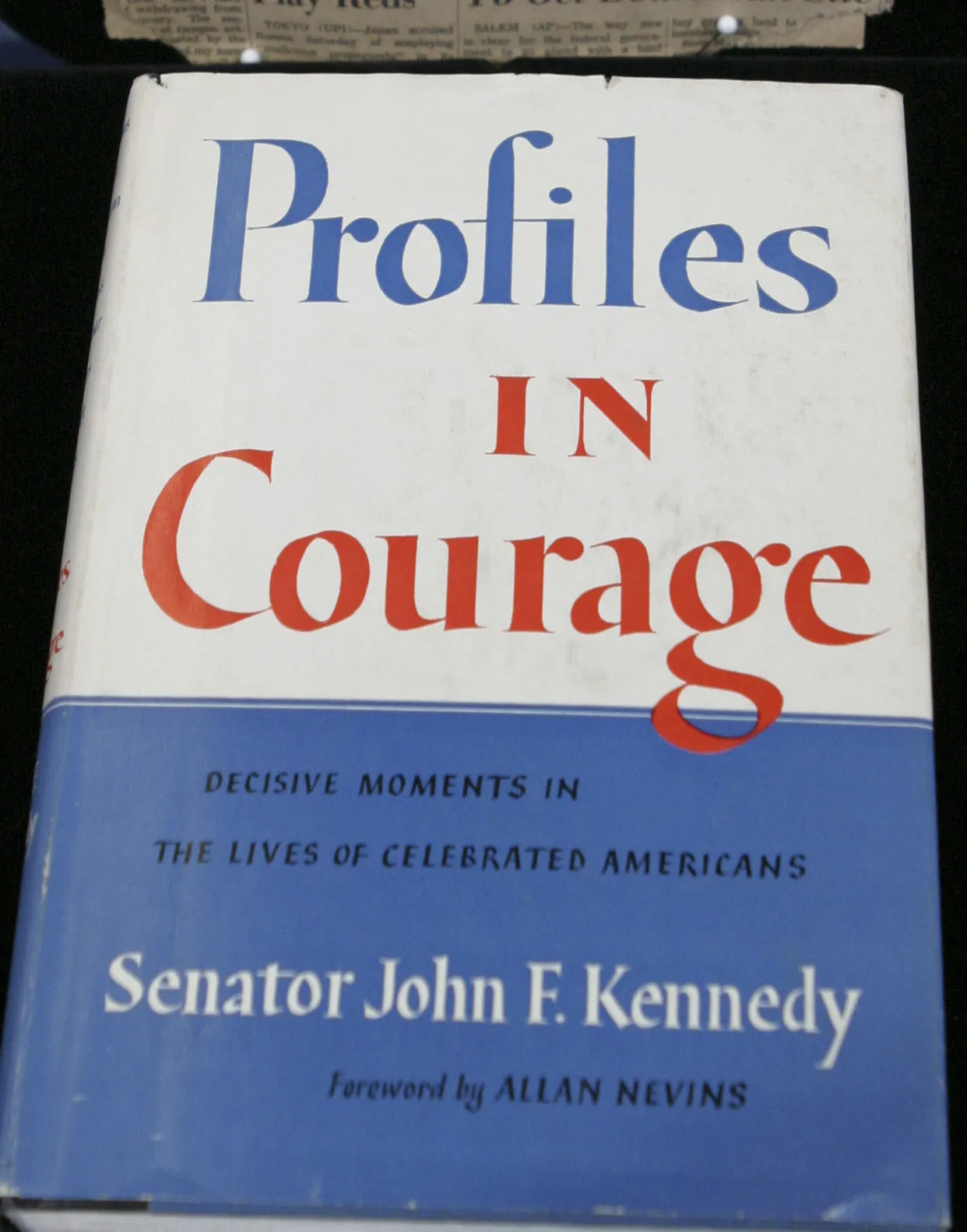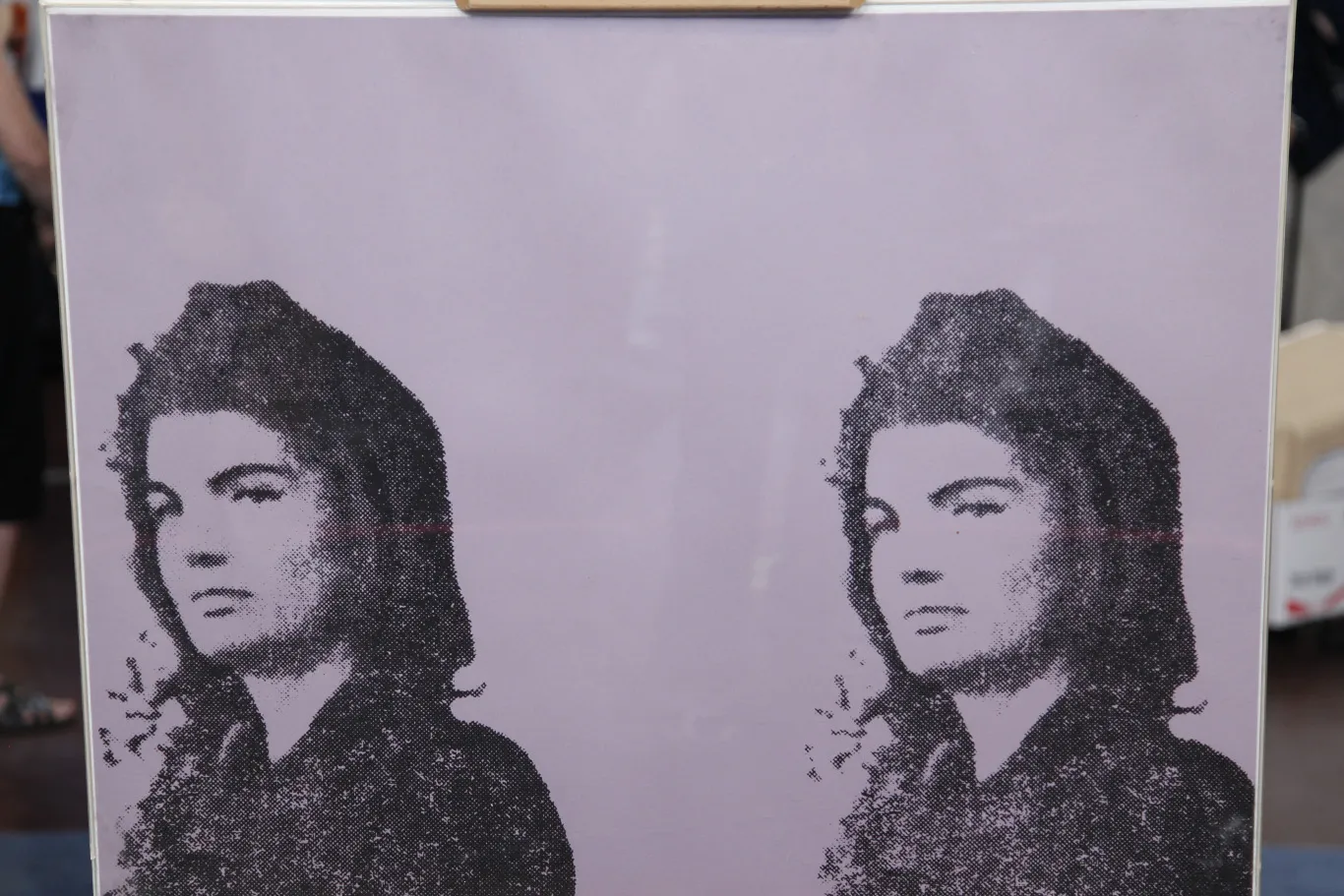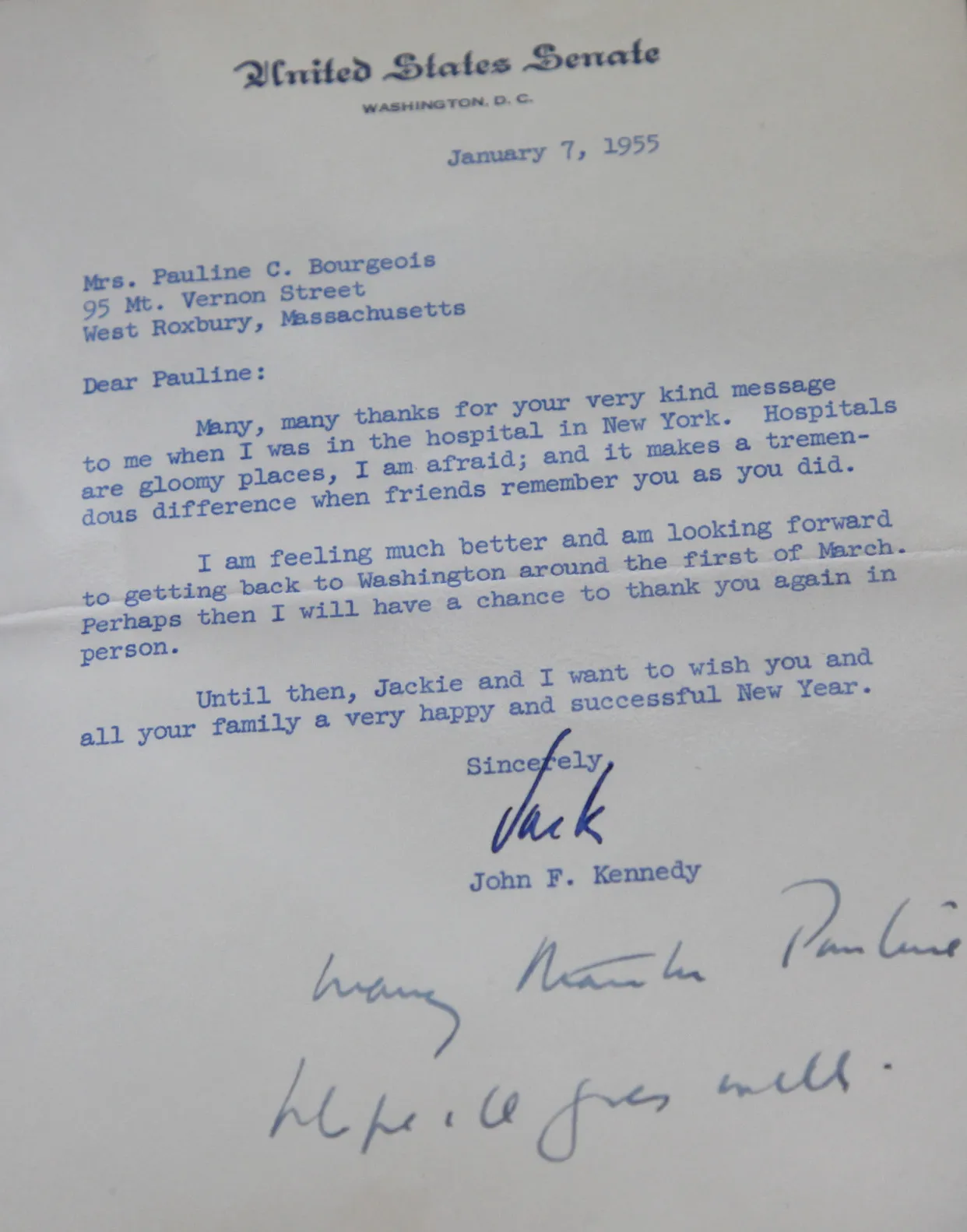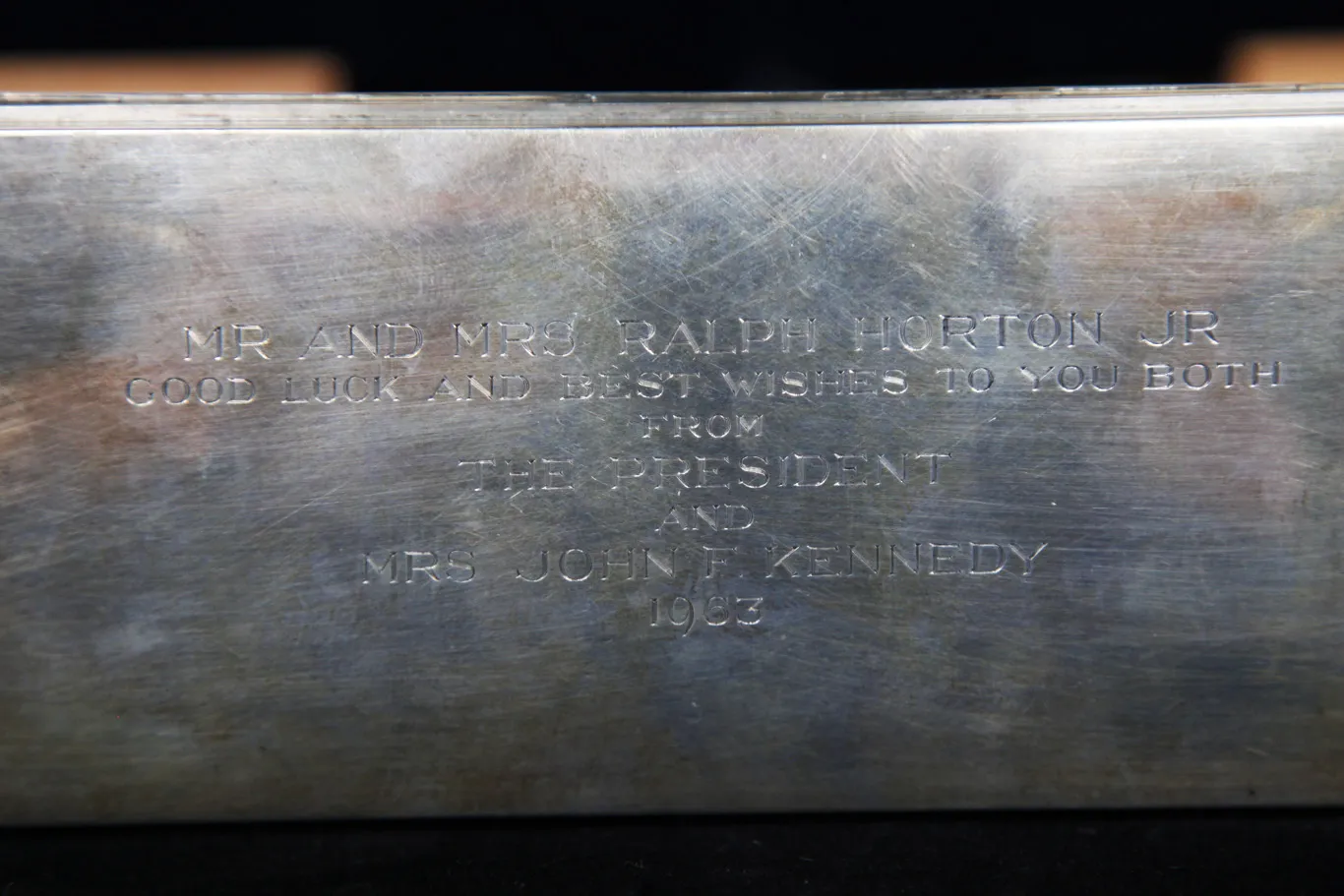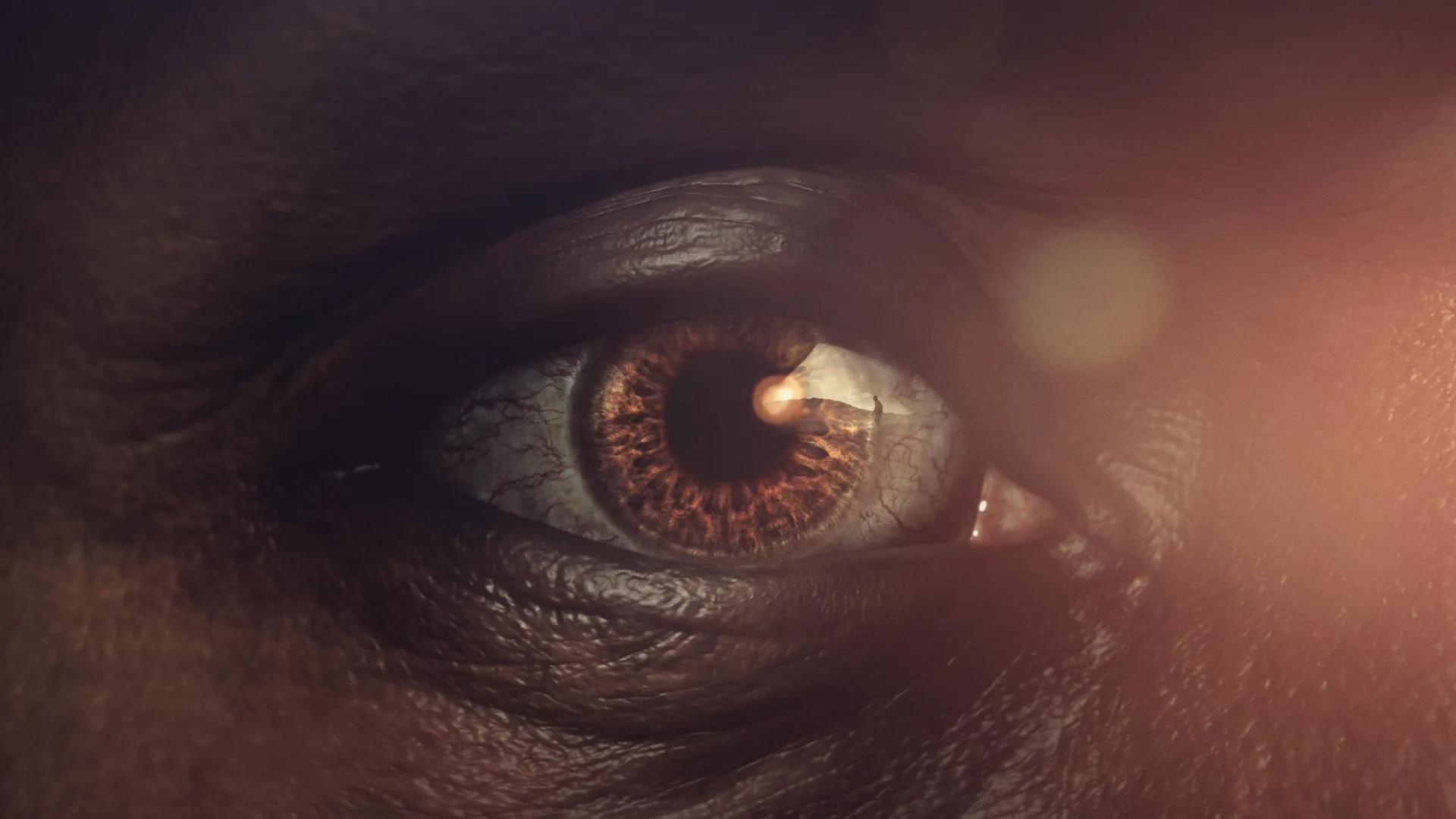GUEST: I was given this campaign poster and other political information by the campaign director for Dallas County, Barefoot Sanders, who later became a federal judge.
APPRAISER: And you were working on the campaign?
GUEST: Yeah, I was president of the Young Democrats at the University of North Texas in 1960. I just went to the campaign headquarters and told them I needed some campaign literature, and he told me to go back in the back of the room and get what I wanted, so I did.
APPRAISER: How many of them did you take?
GUEST: Maybe half a dozen or a dozen, I don't remember.
APPRAISER: You still have them?
GUEST: Yes, sir.
APPRAISER: Most political posters are of a smaller nature because they were either lawn signs, which were not as popular then as they are now, but it was a smaller format. And to hold up at rallies, this was a little unwieldy. So large political posters are fairly uncommon. The poster is in very good condition. You have a small amount of damage here, doesn't affect the value. These are things that were used in campaigns, meant to be used in campaigns. They were never treated with any reverence or care. They were really, truly ephemeral. Now, this is a fairly uncommon piece, as I think you're aware.
GUEST: Yes, sir. I had this in the Sixth Floor Museum at one time, here in Dallas. The curator of the museum told me this is only one of three known to exist.
APPRAISER: Right. But you know, there's a difference between scarcity and value. Something can be very scarce, only one of three, but if it's not desirable, it doesn't have any great value. This is a combination of the two, and it does have value. Until recently, all the ephemera connected with modern campaigns since 1896, all the value was concentrated on collecting the buttons.
GUEST: Right.
APPRAISER: And all the paper and the other material was just sort of background to that. But since, I would say, the late '90s, posters and other ephemera related with campaigns have picked up considerably in value. I think it's a generational thing. I think that the younger people coming into the hobby are more interested in the large visual things. It's from Boston, from the Kennedy headquarters. Now, I went back and forth with some of the appraisers on it. I had a higher value, and we sort of compromised on it. So at a political collectibles auction, this should fetch $6,000 to $8,000.
GUEST: Mm-hmm, mm-hmm.
APPRAISER: But what's interesting is that you say you have six more. Yes. And now, while political posters have become popular, it's a very what we call a fragile market. Very influenced by the number that are out there.
GUEST: Oh.
APPRAISER: So with those six added to it, it would drop the value significantly. But thanks for bringing it in.
GUEST: You're welcome. My pleasure, Rudy.
